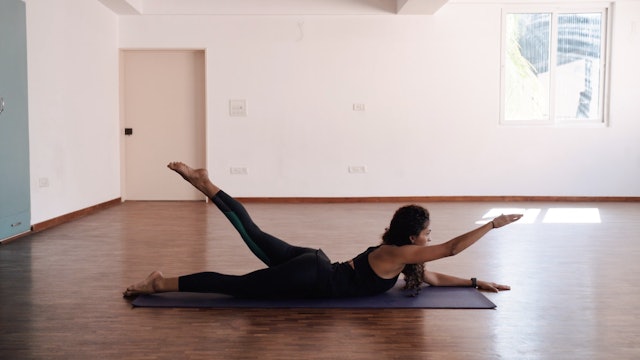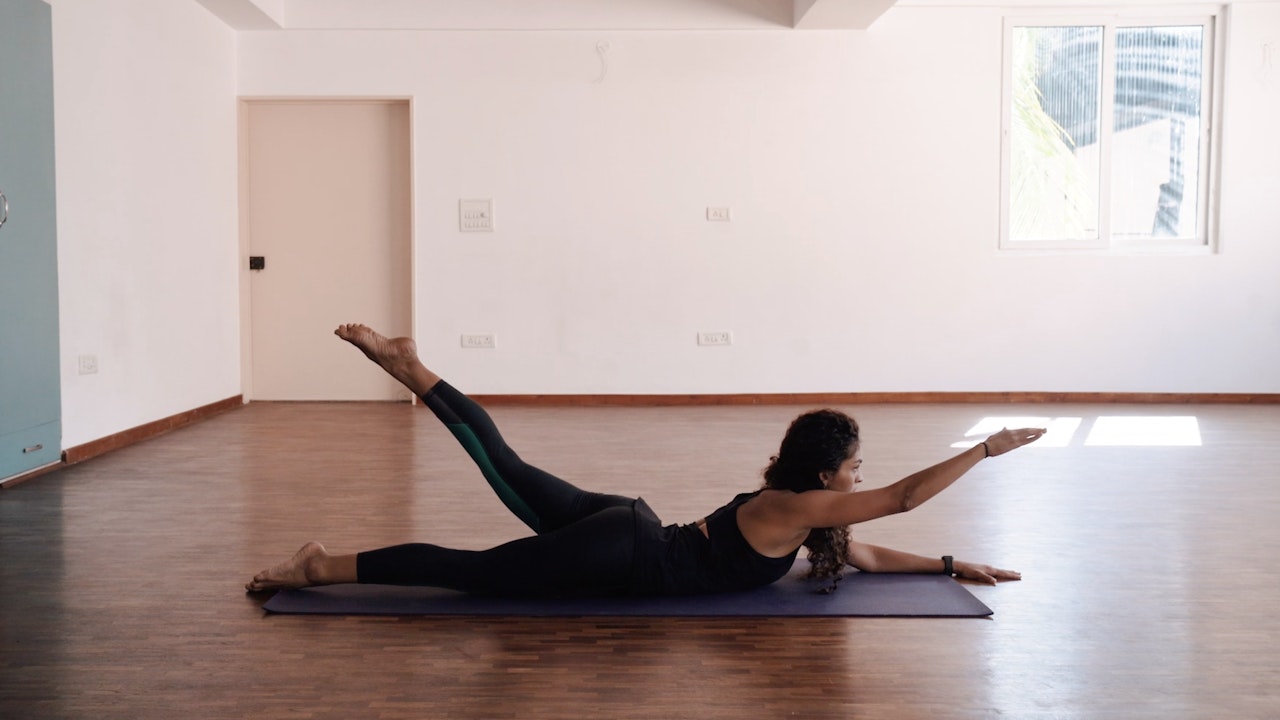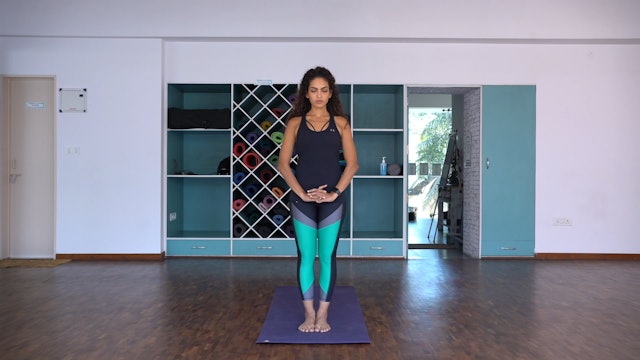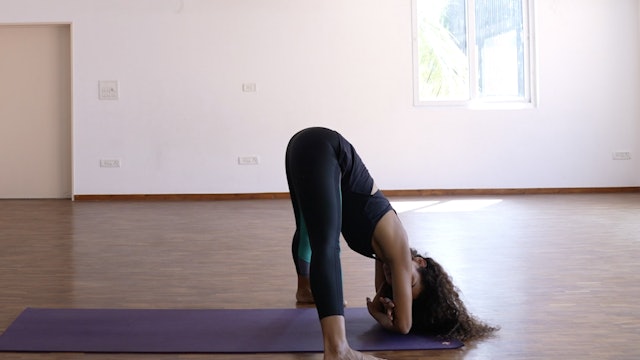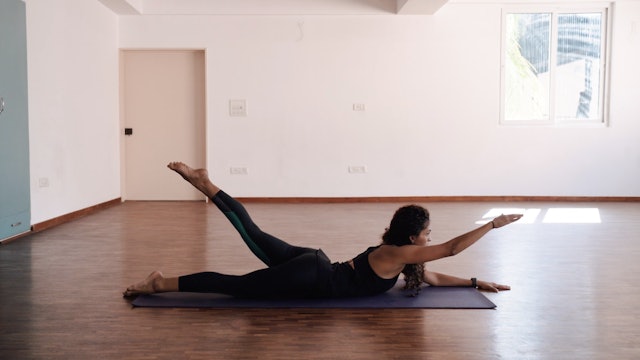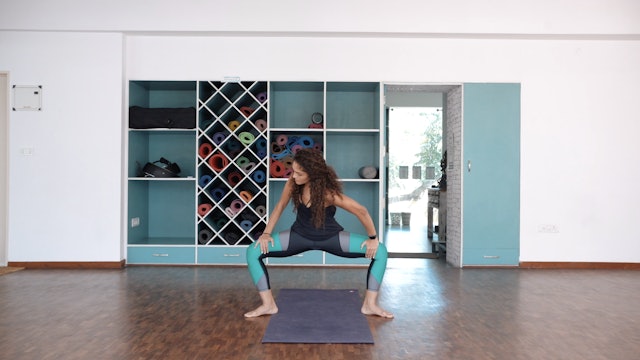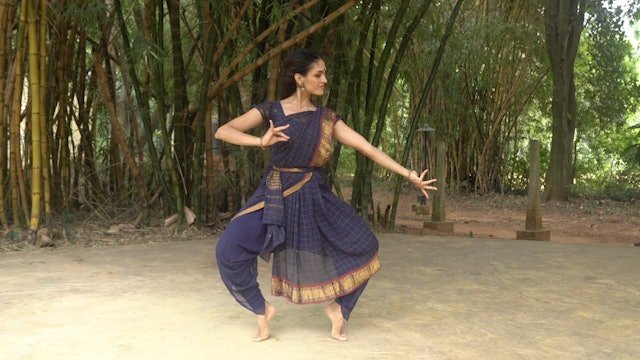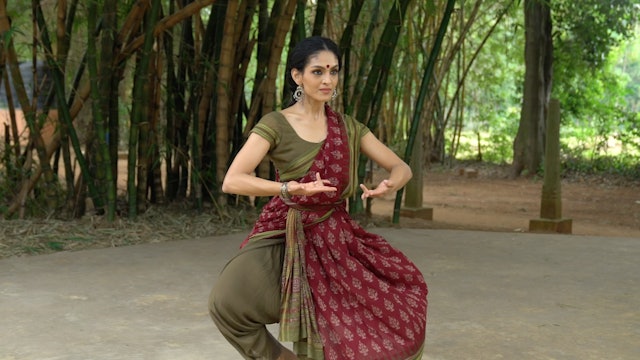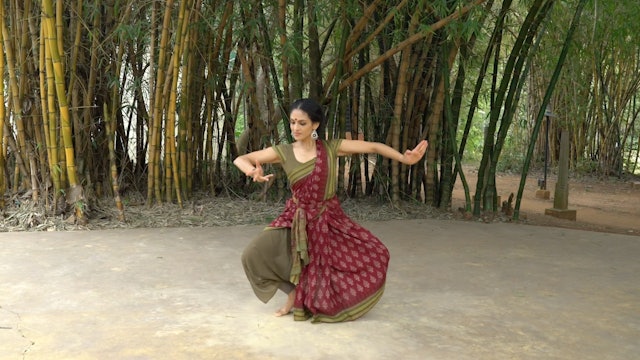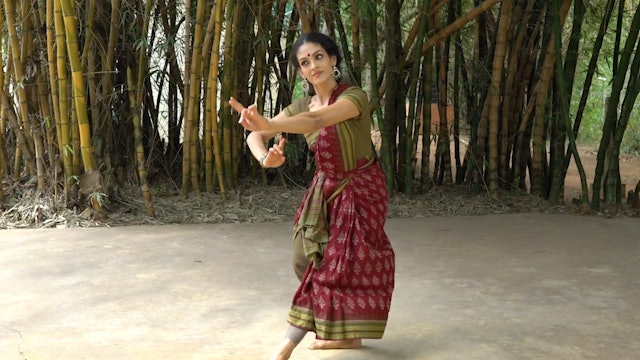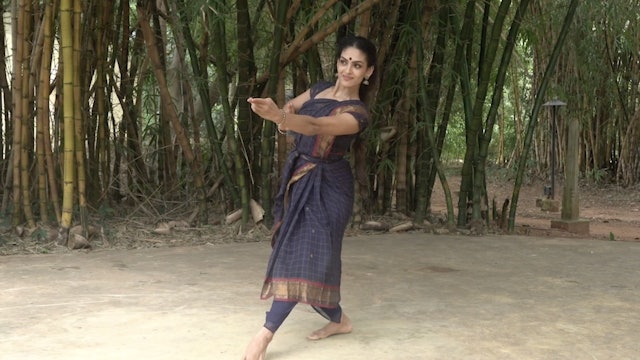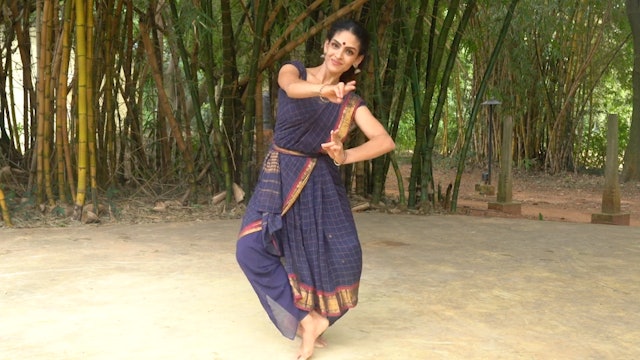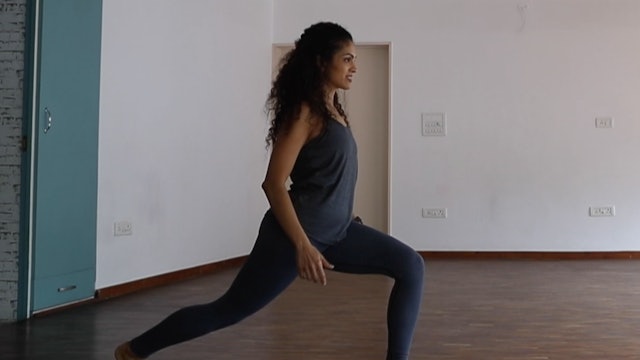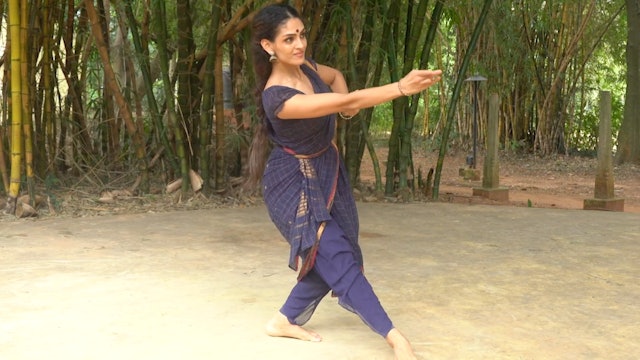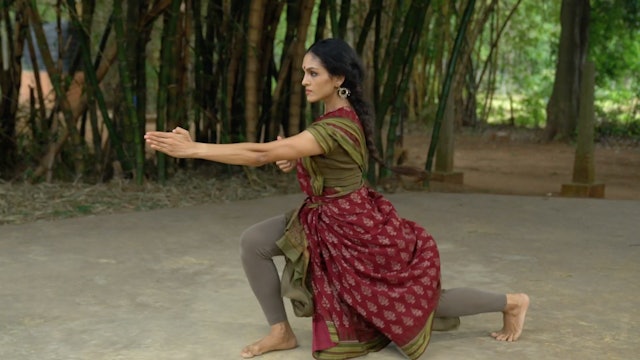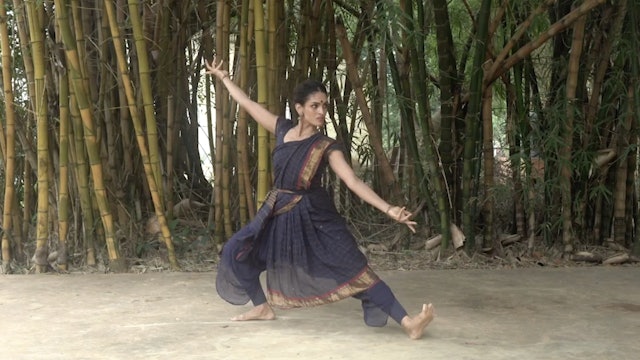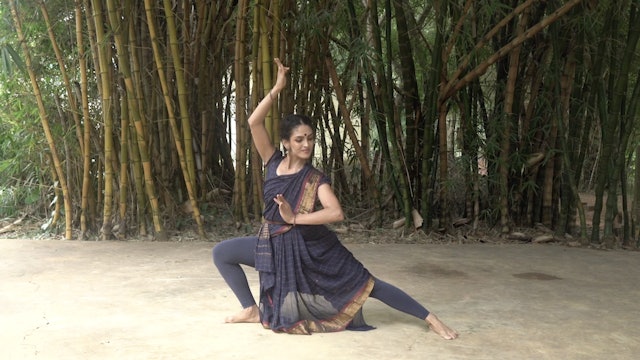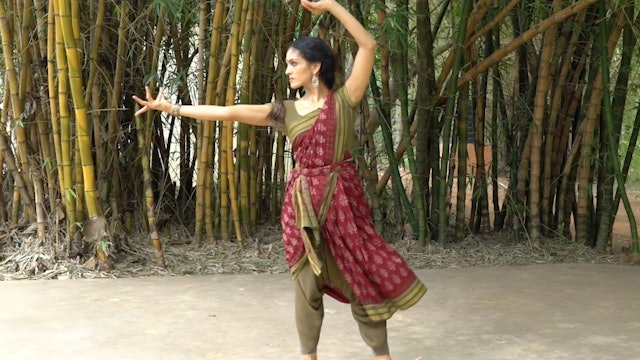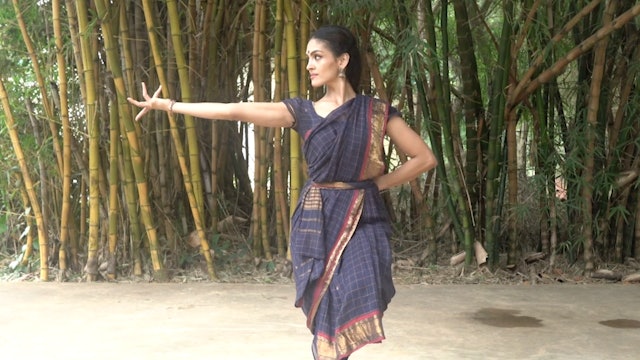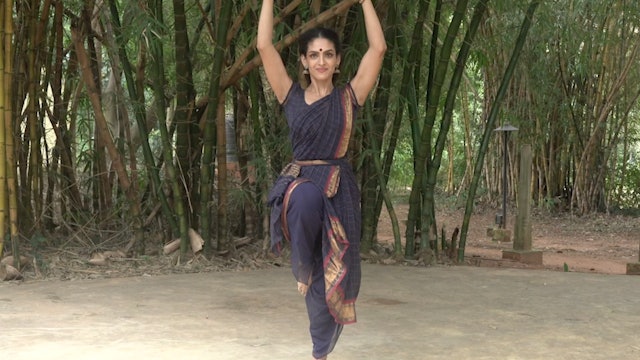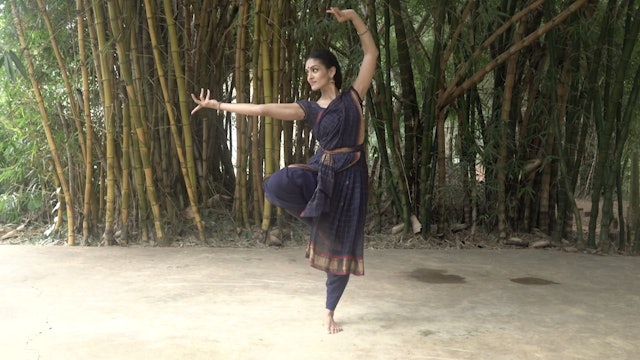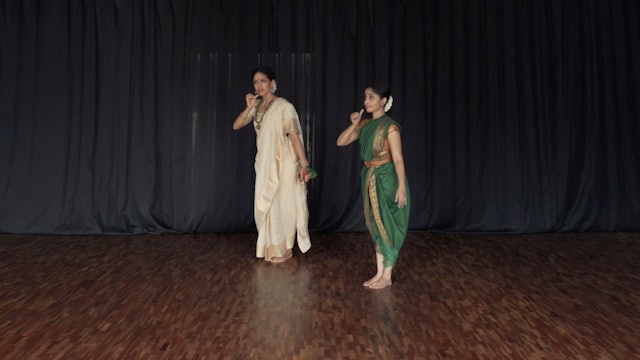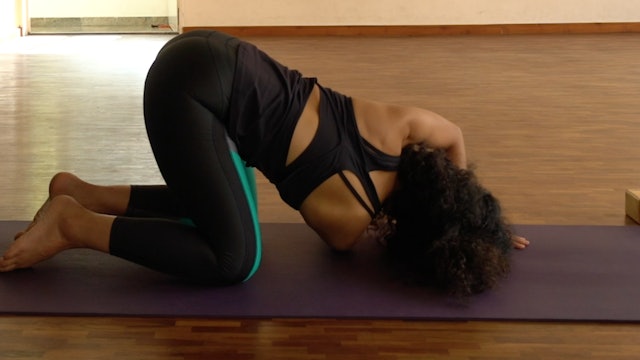-
Musical Warm-up 1
This Warm-up series reinforces ideas that have already been introduced in the previous instructed series. It is recommended to start on the musical warm-ups only once you have practised the instructed series over several months, so you already have internal awareness of alignment. This 9 minute w...
-
Musical Warm-up 2
This Warm-up series reinforces ideas that have already been introduced in the previous instructed series. It is recommended to start on the musical warm-ups only once you have practised the instructed series over several months, so you already have internal awareness of alignment.
-
Musical Series: Core A
This sequence of exercises reinforces ideas that have already been introduced in the previous instructed series for the Core muscles. It is recommended to start on the musical series only once you have practised the instructed series over several months, so you already have internal awareness of ...
-
Musical Series: Basic Quads 1
This sequence of exercises reinforces ideas that have already been introduced in the previous instructed series for the Quadriceps, the muscles in the legs that play a big part in movement. It is recommended to start on the musical series only once you have practised the instructed series over se...
-
Kuditta Mettadavu: Variations
The Kuditta mettadavu, named so because of the combination of a small jump and then the dropping of the heel, is usually done with hands to the side and then a small cross at the wrists.
These variations, continue with the same movement of the feet while changing the torso and arm movements.
-... -
Kudiita Thattaduvu
Pointers for Kuditta Thattadavu:
Try to go down instead of hopping up each time you snatch onto your heels.
Keep dropping your tailbone and pushing your thighs back.
When you bend to the side, elongate your lower side, so the length of your top side and bottom side remain the same.
Do not push... -
Ta hata Jumtari ta Adavu
The "Ta hata jumtari ta" Adavu, is named after the syllables that are used in the practice of the Adavu. This practise is common amongst most lineages of Bharatanatyam.
The Adavu is a combination of various movements. It has the 'di, di tai" action with the Tattu and Naatu, from the muktaya ada...
-
Kartharee Adavu 1
The Kartharee adavu is a movement that begins with a jump, followed by the crossing of the legs. The name could come from the hasta that is used or from the fact that the legs cross.
The bends of the bodies vary in the various types of Kartharee adavu. We usually practice this Adavu to a three ...
-
Kartharee Adavu 2
The Kartharee adavu is a movement that begins with a jump, followed by the crossing of the legs. The name could come from the hasta that is used or from the fact that the legs cross.
The bends of the bodies vary in the various types of Kartharee adavu. We usually practice this Adavu to a three c...
-
Kartharee Adavu 3
The Kartharee adavu is a movement that begins with a jump, followed by the crossing of the legs. The name could come from the hasta that is used or from the fact that the legs cross.
The bends of the bodies vary in the various types of Kartharee adavu. We usually practice this Adavu to a three c...
-
Turning horse jump
Please do this jump only after doing all the previous jumps in this series. It must be done in combination with the strength exercises to have maximum benefit.
Please commence this exercise only after warming up your ankles, and doing some balance work with the standing and lifted leg turned ou...
-
Kartharee Adavu 4
The Kartharee adavu is a movement that begins with a jump, followed by the crossing of the legs. The name could come from the hasta that is used or from the fact that the legs cross.
The Last kartharee adavu uses a big jump to land with the legs crossed.
The arms move in a complete mandala, cir...
-
Serikal Adavu
"Serikal", means to slide. This series of Adavus include a variety of sliding movements in the Adavu series of The Raadha Kalpa Method. The first variety is introduced in this series. Technically 'Jaaru' and 'Serikal' mean the same thing, but we will call this second series of sliding Adavus as '...
-
Serikal Adavu Variation 2
"Serikal", means to slide. This series of Adavus include a variety of sliding movements in the Adavu series of The Raadha Kalpa Method. The first variety is introduced in this series. Technically 'Jaaru' and 'Serikal' mean the same thing, but we will call this second series of sliding Adavus as '...
-
Serikal Adavu Variations
"Serikal", means to slide. This series of Adavus include a variety of sliding movements in the Adavu series of The Raadha Kalpa Method. The first variety is introduced in this series. Technically 'Jaaru' and 'Serikal' mean the same thing, but we will call this second series of sliding Adavus as '...
-
Bramari Adavu
Bramari literally means to turn. The first Bramari adavu is introduced in the second set of Adavus, the other varieties will be introduced subsequently. It is important to keep the eyes focussed at a particular point and turn the head faster than the body.
Things to keep in mind:
- When stretc... -
Bramari Adavu 2
Bramari literally means to turn. The second Bramari adavu that we practise in the Raadha Kalpa method introduces, quarter, half and full turns.
These turns are used in choreography to change direction with precision.
Things to keep in mind:
- The lengthening of the bent knee and the turn happ... -
Bramari Adavu 4
Bramari literally means to turn. The fourth Bramari adavu that we practise in the Raadha Kalpa method introduces full turns while using the same technique as the third Bramari adavu.
The arm movement is varied in this turn just so students can practise a different combination of upper an lower ...
-
Bramari Adavu 5
Bramari literally means to turn. The fifth Bramari adavu that we practise in the Raadha Kalpa method introduces full turns while changing the technique of the turn.
The arm movement is like the first Bramari Adavu, and the leg movement incorporates a swivel.
This Adavu is usually not done in v...
-
Varnam, "Adi Shivane" : Part 2
Varnam, "Adi Shivane"
Raga: Todi
Adi Tala
Composer: K.N.Dandayudapani Pillai.
Choreography: Guru Narmada (Jathis) , Adapted by Rukmini Vijayakumar
Language: TamilThe Varnam speaks from the perspective of a Nayika that is longing to see Lord Shiva.
This introduction will go through the meaning...
-
General mobility
This is a great session to do on a day when you feel tight or sore. It opens up your body without expecting too much of it. You can also do it before you start a warm-up or after a strength or dance session. It is a session that is safe to practice early in the morning.
